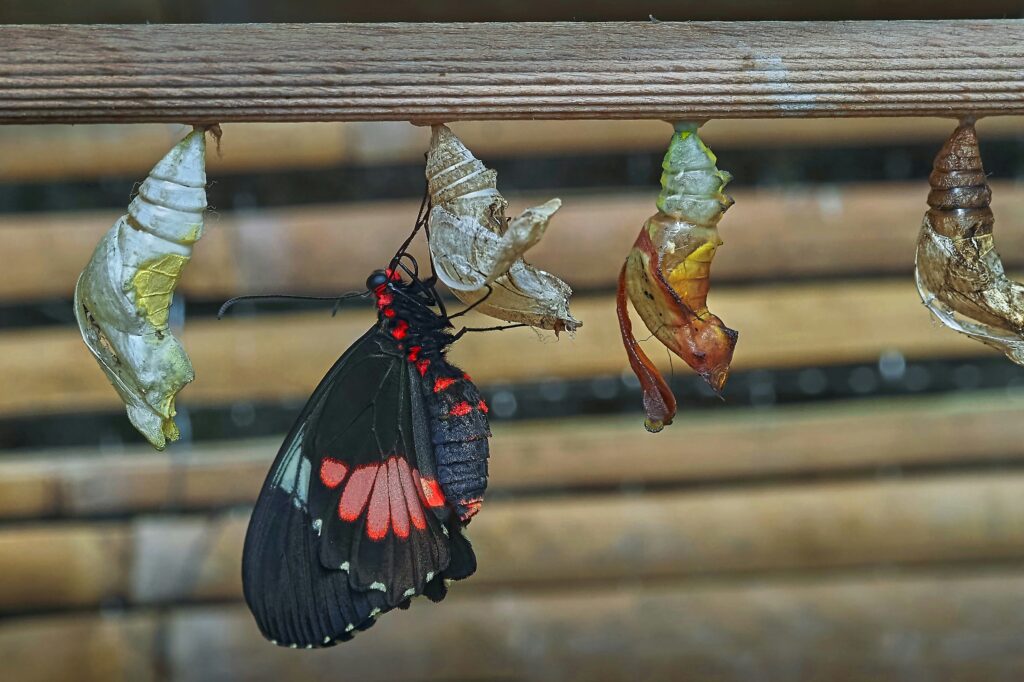Most people think insects transform just once – caterpillar becomes butterfly, end of story. But nature has some wild cards up her sleeve. Some bugs are like master shape-shifters, changing their appearance and lifestyle multiple times throughout their existence. These creatures don’t just go through your typical metamorphosis; they’re living proof that reinvention isn’t just for humans with midlife crises.
The Mind-Bending World of Multiple Metamorphosis
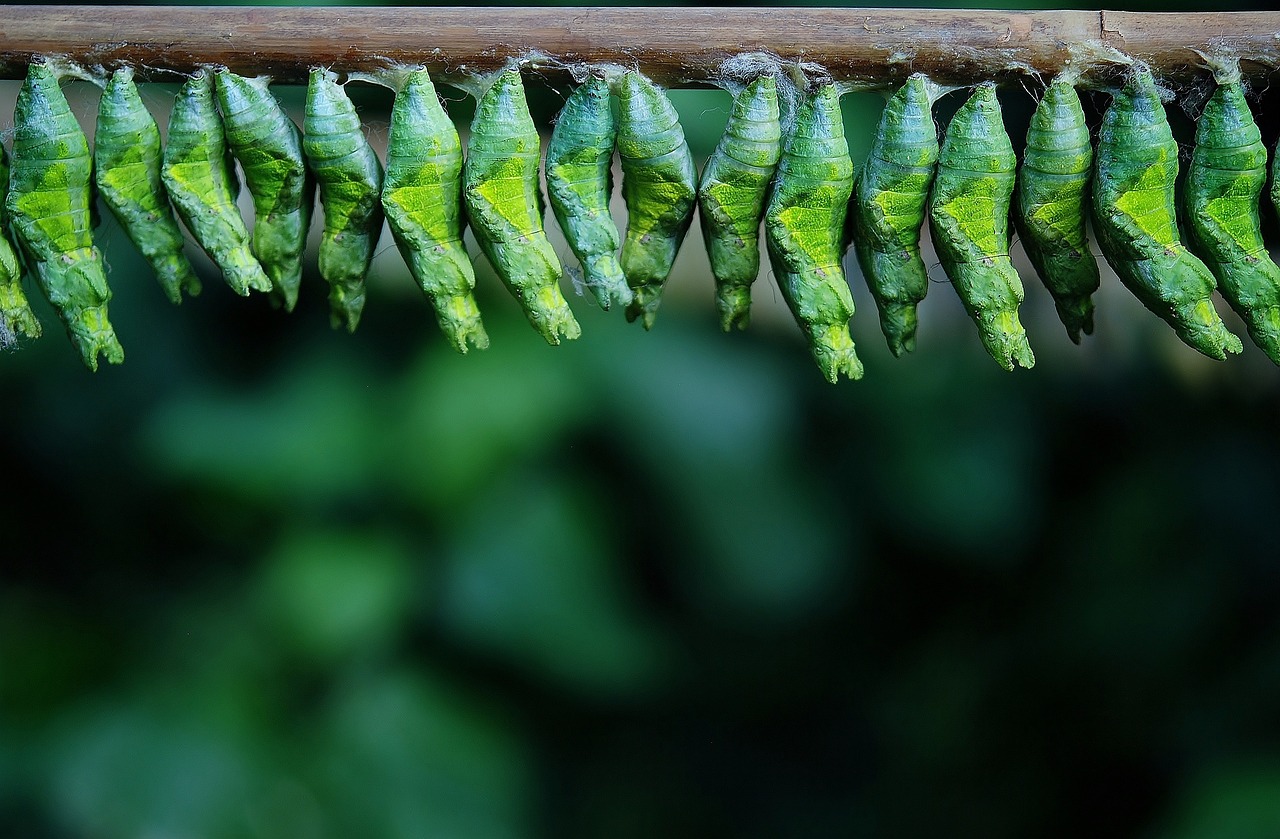
When we picture insect transformation, we usually imagine the classic butterfly story – egg, larva, pupa, adult. But some insects laugh in the face of this simple narrative. These remarkable creatures undergo what scientists call “hypermetamorphosis” or even more complex life cycles that would make a Hollywood special effects team jealous. They can completely restructure their bodies, change their feeding habits, and even switch their preferred habitats multiple times. It’s like having several different lives packed into one tiny existence. Think of it as nature’s ultimate makeover show, except the transformations are far more dramatic than anything you’ve seen on television.
Thrips: The Masters of Seasonal Shape-Shifting
Thrips might look like tiny, insignificant specks, but they’re actually transformation royalty. These minute insects go through multiple forms depending on the season and environmental conditions. During favorable conditions, they reproduce normally and maintain their typical appearance. However, when winter approaches or food becomes scarce, some species develop into completely different forms with altered wing structures and body proportions. The most fascinating part is that they can switch back and forth between these forms multiple times throughout their lives. It’s like having a wardrobe of different bodies to choose from based on the weather forecast.
Bagworm Moths: Living Architecture That Transforms
Bagworm moths take transformation to an artistic level by literally building their own homes and then transforming within them. The larvae create protective cases from silk and plant materials, essentially becoming walking pieces of camouflaged architecture. But here’s where it gets really interesting – males and females follow completely different transformation paths after this initial phase. Males emerge as winged moths ready to fly and mate, while females often remain in their larval form, becoming wingless and staying inside their bags. Some species even undergo additional transformations based on environmental pressures, creating multiple distinct adult forms from the same genetic blueprint.
Gall Wasps: The Ultimate Life Cycle Shapeshifters
Gall wasps have perfected the art of multiple transformations in ways that would confuse even the most dedicated entomologist. Many species alternate between two completely different life cycles – one that involves creating galls on plants and another that lives as parasites. During one generation, they might be tiny, wingless creatures living inside plant tissue, while the next generation emerges as fully winged adults with completely different behaviors and host preferences. Some species even have three or four distinct forms, each adapted for different seasons or ecological niches. It’s like nature decided to pack several different insects into one species and let them take turns being in control.
Whiteflies: The Seasonal Transformation Experts
Whiteflies demonstrate one of the most remarkable examples of seasonal transformation in the insect world. During warm months, they maintain their typical appearance and behavior patterns. However, as temperatures drop and daylight decreases, many species undergo dramatic physical changes to survive winter conditions. Their bodies become more robust, their metabolism slows down, and their appearance changes so dramatically that early researchers thought they were looking at entirely different species. When favorable conditions return, they transform back into their warm-weather forms, ready to resume their active lifestyle and reproduction.
Scale Insects: Masters of Disguise and Transformation
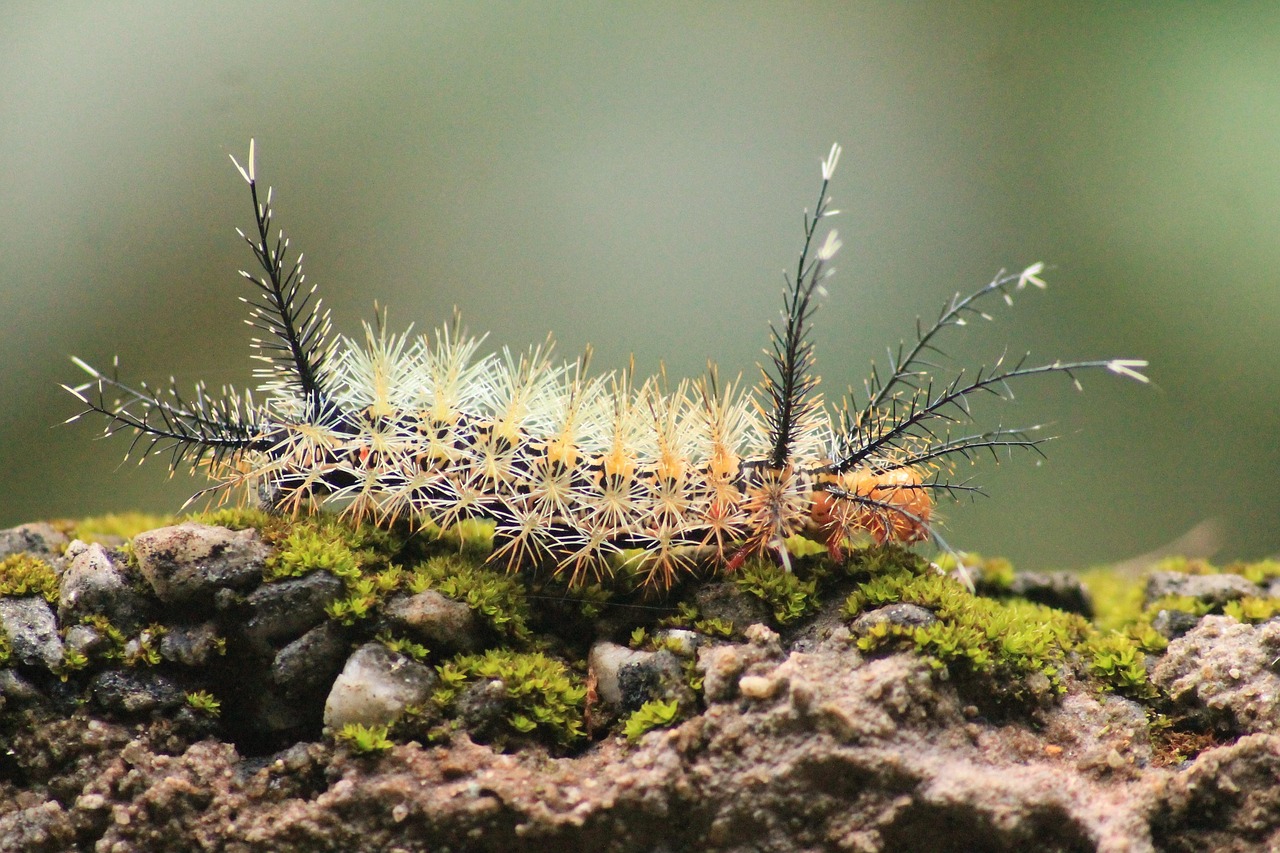
Scale insects are perhaps the ultimate masters of multiple transformations, with life cycles so complex they seem almost alien. Many species go through distinct phases where they look nothing like their final adult form. Young scales might be mobile and resemble tiny crawling specks, then transform into sessile, waxy lumps that barely look alive. Males often develop wings and become completely different creatures, while females might undergo several additional transformations, sometimes even changing their feeding methods and host plant preferences. The most mind-blowing aspect is that some species can switch between sexual and asexual reproduction modes, essentially transforming their entire reproductive strategy multiple times.
Aphids: The Shape-Shifting Survivors

Aphids have turned multiple transformations into a survival strategy that’s both beautiful and bizarre. Throughout a single season, they can produce up to 20 different forms, each adapted for specific conditions or purposes. Spring forms might be wingless and focused on rapid reproduction, while summer forms develop wings for dispersal. When autumn arrives, they transform again into sexual forms for overwintering, often looking completely different from their spring and summer relatives. Some species even produce specialized forms for dealing with predators or finding new host plants. It’s like nature gave them a complete costume department and told them to use it creatively.
Adelgids: The Conifer Specialists With Multiple Lives
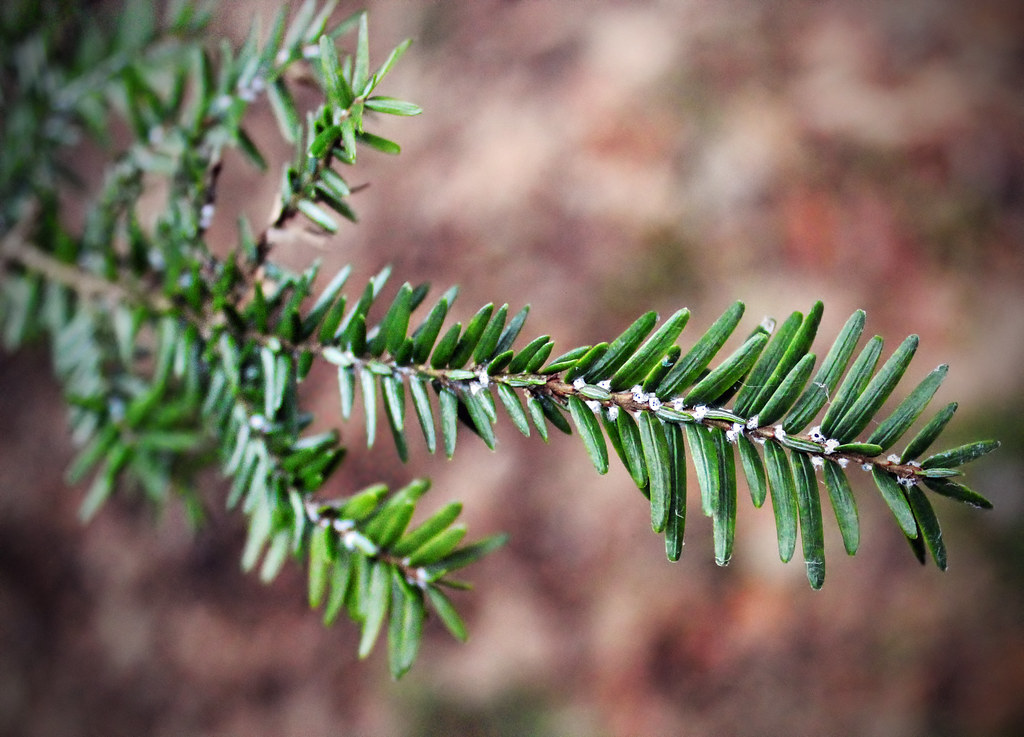
Adelgids, tiny insects related to aphids, have developed some of the most complex transformation cycles in the insect kingdom. These conifer specialists don’t just change once or twice – they can undergo up to six different forms throughout their life cycle. Each form is perfectly adapted for a specific task, whether it’s surviving winter, finding new host trees, or reproducing under particular conditions. What makes them truly remarkable is that they can alter their transformation sequence based on environmental cues, essentially choosing which life path to follow. Some forms are wingless and sedentary, while others develop wings and become active dispersers, all within the same species.
Psyllids: The Plant-Jumping Transformers
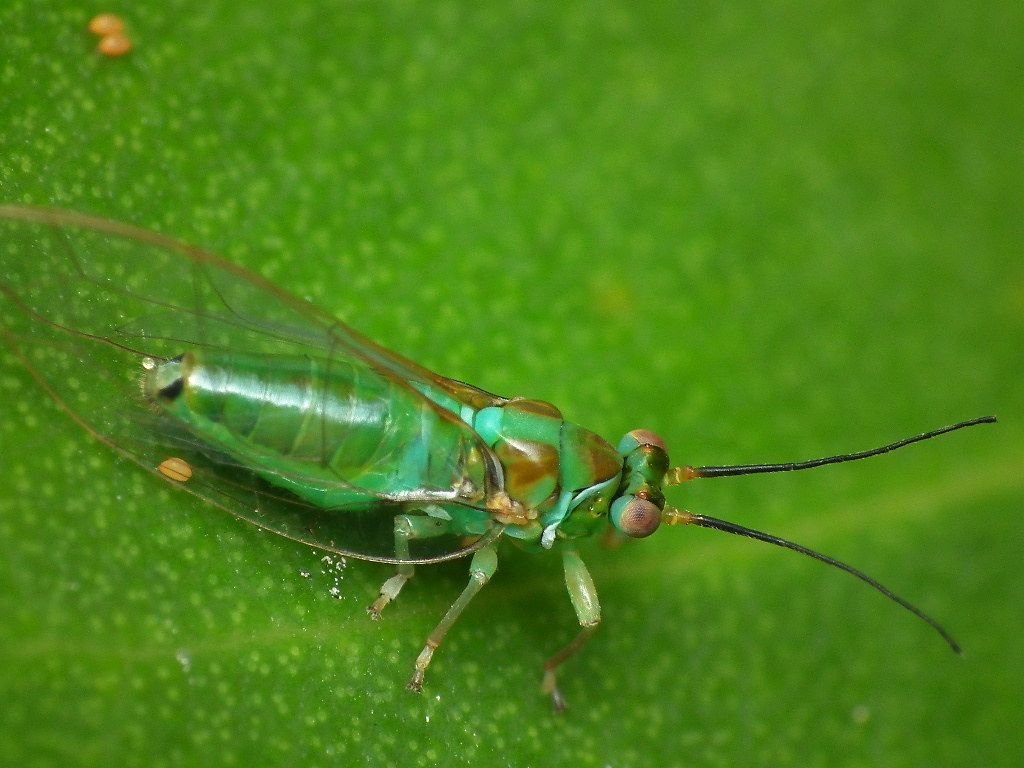
Psyllids, also known as jumping plant lice, showcase transformation as a way to exploit different ecological opportunities. These insects can undergo multiple morphological changes throughout their lives, adapting their body structure to match their current environment and food source. During certain phases, they might resemble tiny hoppers with powerful legs for jumping between plants. In other phases, they become more sedentary with modified mouthparts for specific feeding requirements. Some species even develop different seasonal forms that look so distinct they were originally classified as separate species. Their ability to switch between these forms allows them to survive in changing environments and exploit resources that wouldn’t be available to a single, unchanging form.
Eriophyid Mites: Microscopic Masters of Reinvention
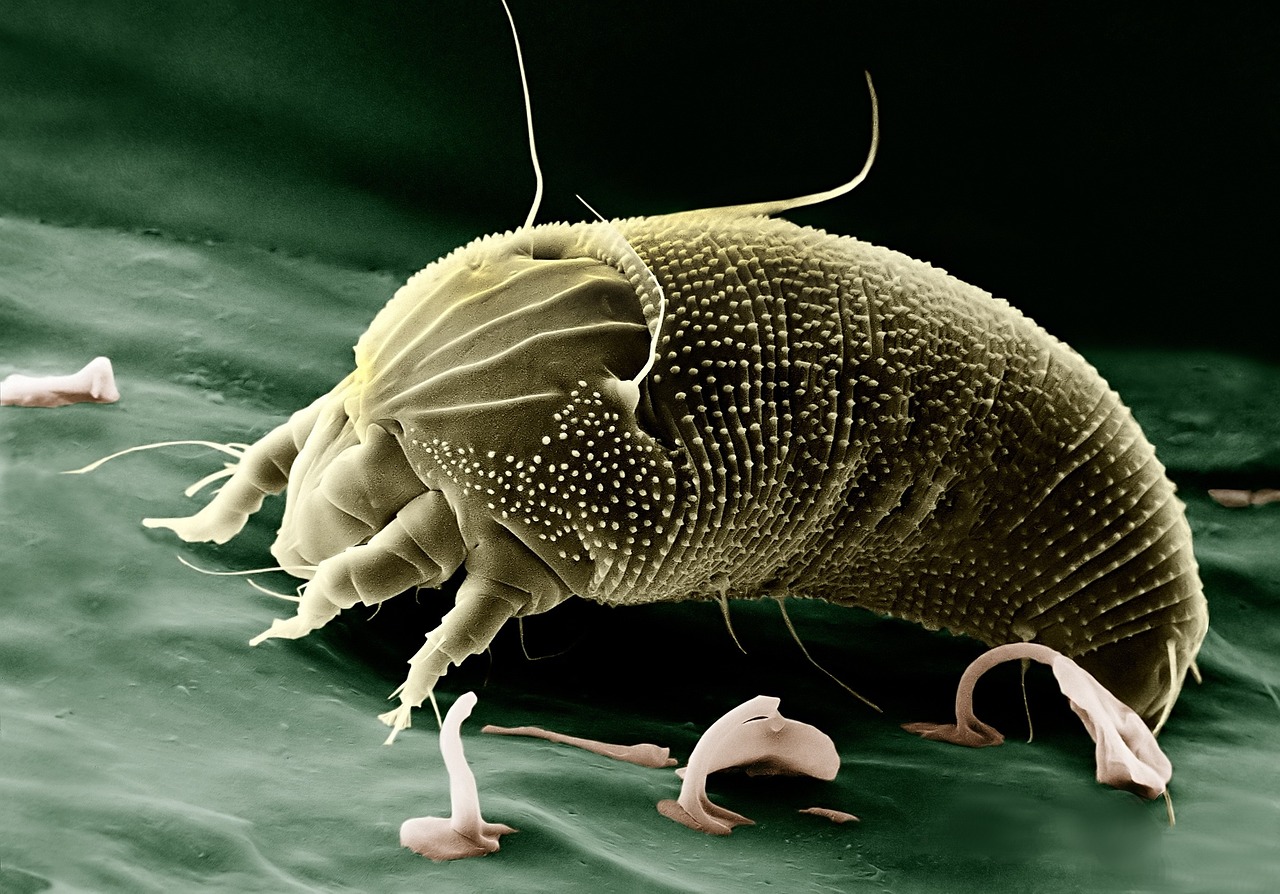
While technically not insects, eriophyid mites deserve mention for their incredible transformation abilities that rival any bug. These microscopic creatures can completely reshape their bodies multiple times during their lives, adapting to different plant tissues and environmental conditions. They might start as one form living inside plant buds, then transform into a completely different shape for feeding on leaves, and later develop yet another form for overwintering or dispersal. What’s truly amazing is that these transformations can happen rapidly in response to changing conditions, allowing them to survive in environments that would be impossible for less adaptable creatures.
Booklice: The Indoor Transformation Artists
Booklice might seem like simple household pests, but many species have evolved remarkable transformation abilities. These tiny insects can alter their appearance and behavior dramatically based on humidity, temperature, and food availability. During dry periods, they might become more robust and develop enhanced protective features. When moisture levels increase, they can transform into more active, reproductive forms with different feeding preferences. Some species even develop seasonal morphs that look completely different from their standard form, allowing them to exploit different ecological niches throughout the year.
Bark Lice: Tree-Dwelling Transformation Specialists

Bark lice have evolved multiple transformation strategies that help them thrive in the challenging environment of tree bark and lichen. These insects can undergo several distinct morphological changes throughout their lives, each suited for different aspects of their arboreal lifestyle. Early forms might be adapted for hiding in bark crevices, while later forms develop better mobility for finding mates or new territories. Some species even produce specialized forms for different seasons, with winter morphs being more cold-resistant and summer forms being optimized for rapid reproduction and growth.
Psocids: The Versatile Micro-Transformers
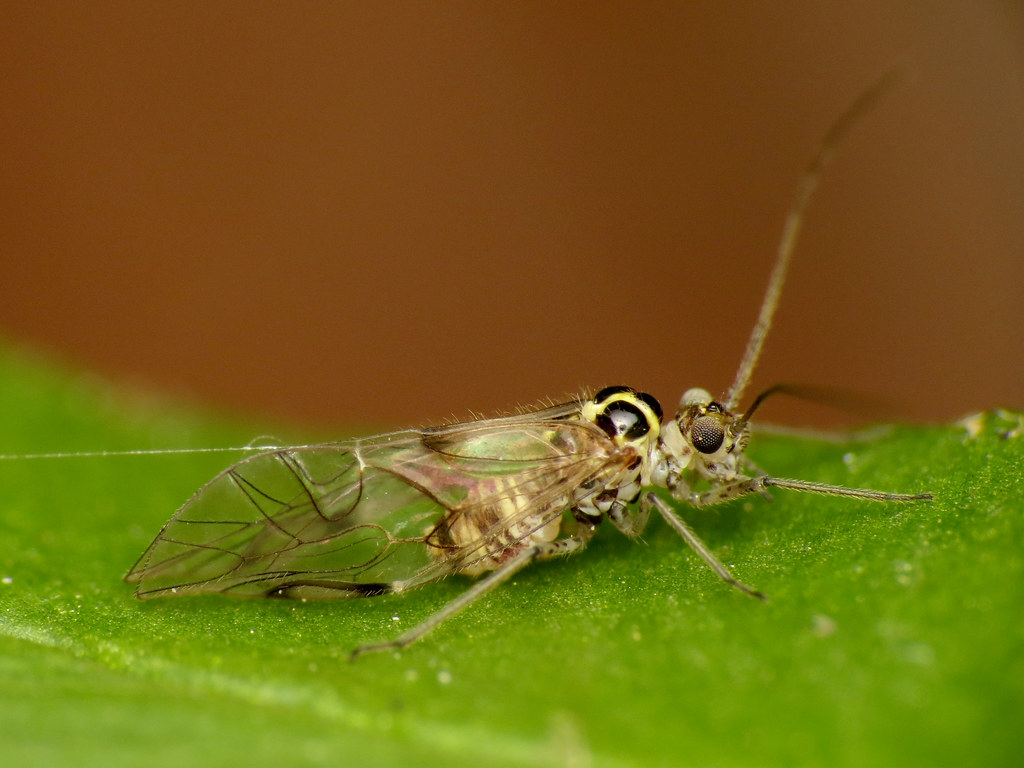
Psocids, commonly found in books, stored food, and outdoor environments, demonstrate remarkable transformation flexibility. These tiny insects can modify their appearance and physiology multiple times in response to environmental pressures. During favorable conditions, they might maintain a standard appearance focused on reproduction. However, when faced with challenges like food scarcity or temperature extremes, they can transform into more resilient forms with altered metabolism and behavior patterns. Some species even develop different forms for indoor versus outdoor living, essentially becoming different insects for different lifestyles.
Parasitic Wasps: The Ultimate Life Cycle Strategists
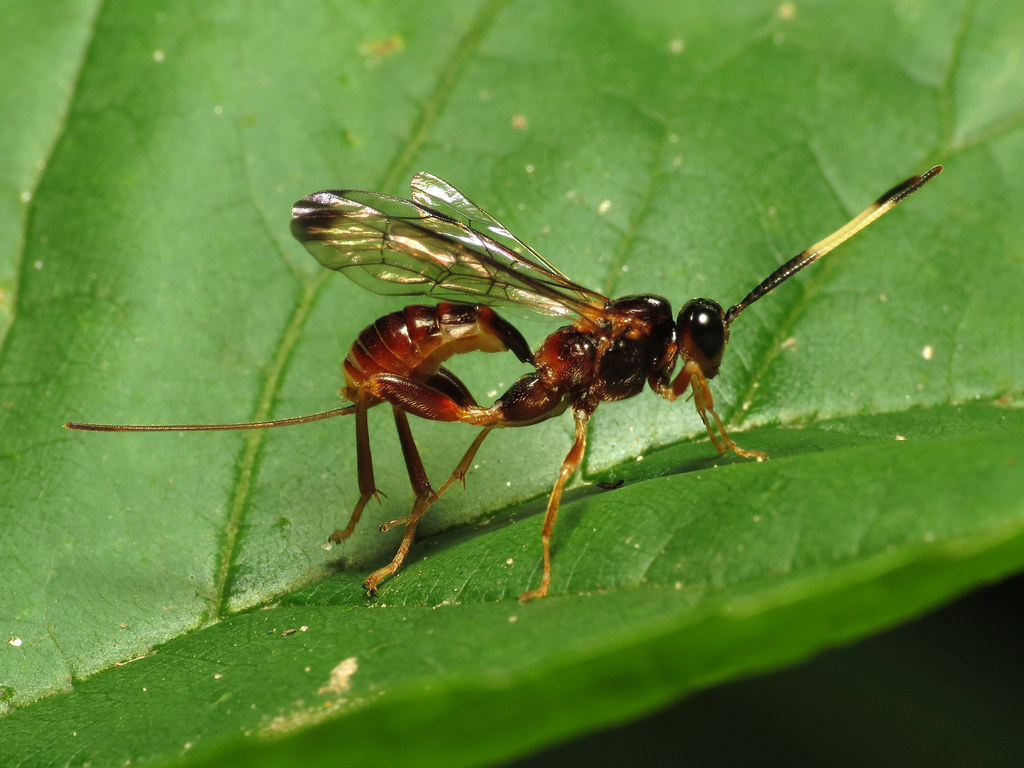
Many parasitic wasps showcase multiple transformations that border on science fiction. These insects don’t just change their appearance – they can alter their entire life strategy multiple times. Some species produce different forms for parasitizing different host species, while others develop specialized morphs for dealing with host defenses. The most remarkable examples can switch between parasitic and predatory lifestyles, transforming their bodies and behaviors to match their current strategy. It’s like having multiple personalities, except each one comes with a completely different body plan and skill set.
The Hidden World of Endless Change
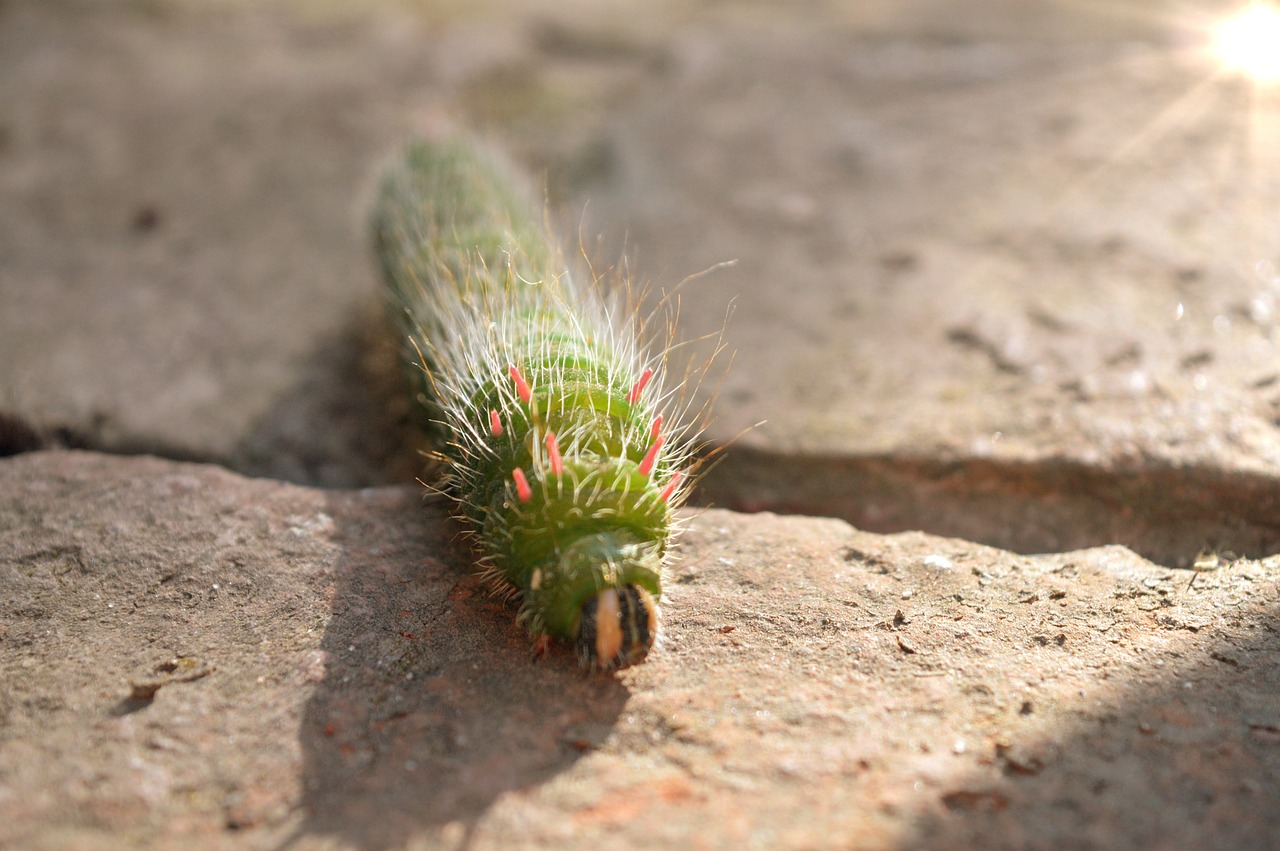
These incredible transformers prove that the natural world is far more complex and amazing than most people realize. While we marvel at butterflies emerging from chrysalises, countless other insects are performing even more spectacular transformations right under our noses. They’re changing shapes, switching lifestyles, and reinventing themselves in ways that challenge our understanding of what it means to be a single organism. Next time you notice a tiny bug in your garden or home, remember that you might be looking at a master of transformation in disguise. What other secrets might these microscopic shapeshifters be hiding from us?

